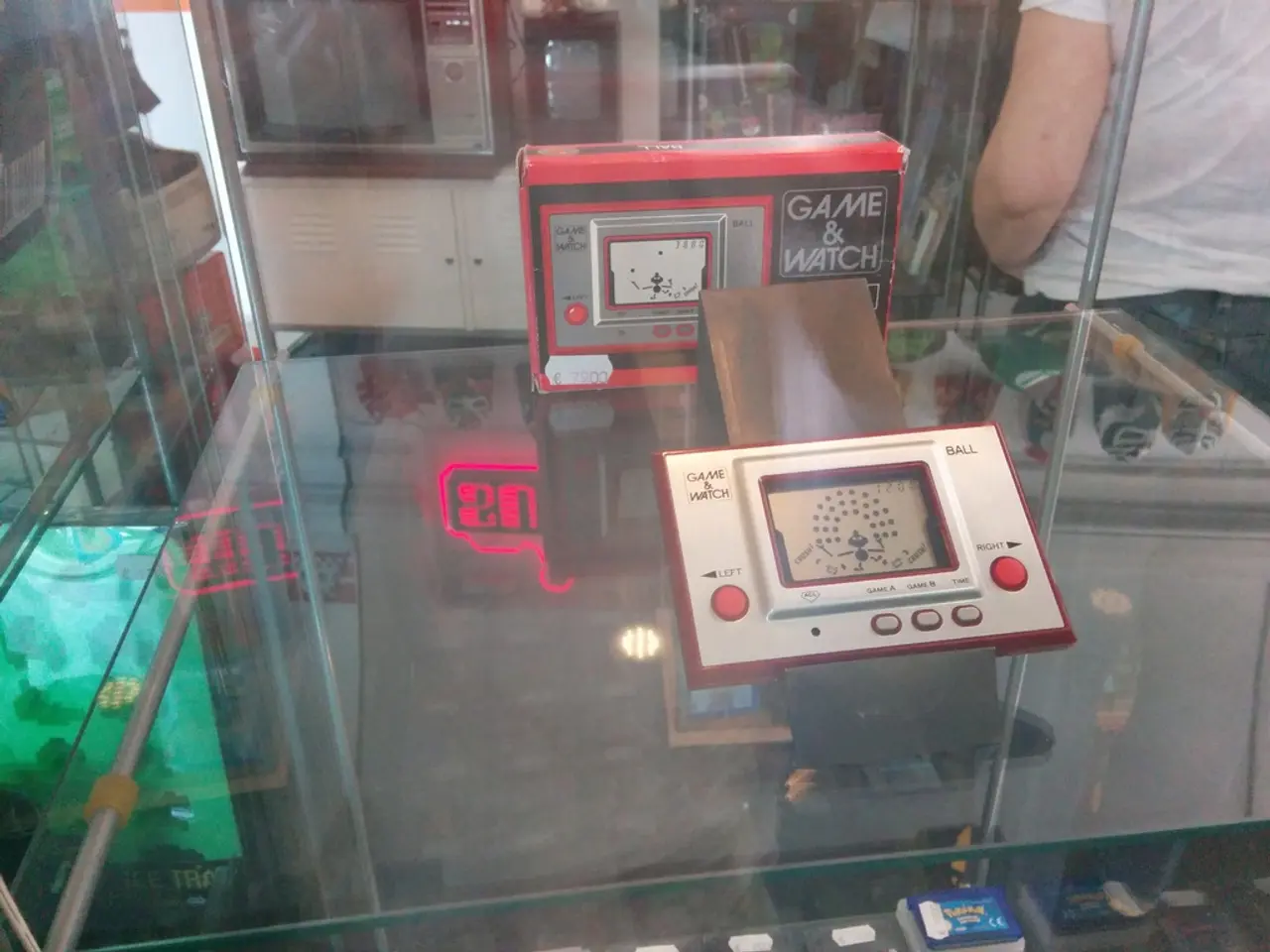The Injection Moulding Process Explained: A manufacturing technique where molten material is forced into a mould cavity to produce a solid product.
In the world of manufacturing, precision, versatility, and efficiency are key. One process that delivers on all three fronts is injection moulding, a technique that has revolutionized the production of complex parts across various industries.
Injection moulding is a highly automated process that involves loading plastic pellets into a machine hopper, heating them, injecting the molten plastic into a mould, cooling the plastic, and ejecting the finished part. This method is suitable for businesses that prioritize quality, speed, and minimal drama in manufacturing.
The common materials used in injection moulding for manufacturing high-quality, complex parts with intricate details primarily include a variety of thermoplastics and specialized materials, each chosen for their processing characteristics and performance in the final parts.
Thermoplastics, the most frequently used injection moulding materials, offer versatility, strength, and the ability to produce detailed features. Common thermoplastics include ABS (Acrylonitrile Butadiene Styrene), Polycarbonate (PC), Polyamide (PA or Nylon), Polypropylene (PP), Polymethyl methacrylate (PMMA), Polyoxymethylene (POM), Polyethylene (PE), Polystyrene (PS), Thermoplastic Elastomers (TPE), and Thermoplastic Polyurethane (TPU).
Reaction Injection Moulding (RIM) materials, used for parts requiring large size and lightweight strength, such as automotive panels, utilize polyurethane and polyurea systems that cure chemically inside the mould. Graphite-filled materials are a newer process used to create parts with special properties like lubrication and resistance, useful for complex geometries in high-volume manufacturing.
The success of manufacturing high-quality, complex injection moulded parts hinges on selecting appropriate thermoplastic or specialized materials with suitable flow and mechanical properties, combined with durable steel molds that maintain tolerances and detail. Advanced molding techniques and rigorous process controls further contribute to achieving intricate, precise final parts efficiently.
Material properties play a crucial role in injection moulding success. Materials must flow well into intricate mold cavities without defects, have predictable shrinkage to maintain dimensional accuracy, exhibit strength and durability for functional parts, and provide a smooth surface finish for visible or tactile surfaces.
Steel molds, preferred for high-quality injection moulding due to their durability, ability to withstand high pressures, and precision in maintaining intricate mold features over long production runs, support the consistent formation of detailed features and tight tolerances. Aluminum molds, while sometimes used for lower-volume or prototype runs, may not maintain intricate details as well over time.
Advanced injection techniques, such as gas-assisted injection moulding and two-shot injection moulding, help create hollow or thick sections with fewer defects and better surface quality, enabling the production of complex, multi-material parts in one process.
Precise control of temperature, injection speed, and pressure is essential to ensure the molten material fills all intricate mold features without defects like sink marks or incomplete filling. Cooling rates and mold temperature must be optimized to preserve detail and avoid warping.
With the right moulding partner, businesses can optimize temperatures, moulds, and resin choices for the best results, reducing lead times, lowering costs, and ensuring flawless products. Injection moulding in Melbourne is known for its precision, versatility, and efficiency, making it a go-to choice for industries like packaging and electronics that require consistent product output.
In conclusion, injection moulding can result in products that withstand the test of time and don't blow the budget. By understanding the materials, moulds, and techniques involved, businesses can leverage this process to create high-quality, complex parts that meet their specific needs.
Injection moulding, with its use of steel molds and multiple materials like thermoplastics and RIM materials, combines financial efficiency with technological advancements in the manufacturing industry. By selecting suitable materials and employing techniques such as gas-assisted injection moulding, businesses can produce complex, high-quality parts that align with the industry's demand for precision, versatility, and efficiency.
Technology's integration into the injection moulding process, from the efficient heating and cooling of materials to the precise control of temperature and pressure, has made it a lucrative option for businesses in various industries, including packaging and electronics, seeking to minimize costs and optimize lead times without compromising on quality.




